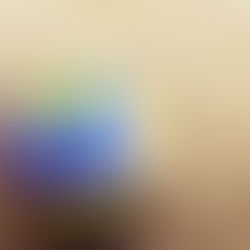All the things we can do with dry ice

So we talked some about dry ice in our experiment series last week, but it is an interesting enough substance that I want to devote a full post to it. In case you missed it, dry ice is simply carbon dioxide that has formed into a solid under high pressure and low temperature conditions. Dry ice, instead of melting into water like regular ice does, goes directly into carbon dioxide vapor (i.e. gas) in a process termed “sublimation.”
What are some experiments you can do with dry ice?
1. Put a piece of dry ice into a balloon, or glove, or other expandable item, and then tie it up. As the dry ice turns into carbon dioxide gas, it will expand, and that gas will fill up the volume of the glove or balloon. This will cause the balloon or glove to “blow up” even without doing any blowing! You will be amazed by how big the item will get just from one piece of dry ice.
2. Make carbon dioxide bubbles by putting dry ice into a solution of water with soap. The carbon dioxide that evolves will cause bubbles to form, but instead of being filled with air, the bubbles will be filled with carbon dioxide. That makes these bubbles heavier (denser) than they otherwise would be, and also means that when the bubbles are “popped,” smoke from dry ice vapor will be released.
3. Put a coin on a dry ice pellet and press down. The heat will transfer from the room temperature coin to the dry ice, resulting in an extremely high-pitched squeaky sound. Warm up the coin in your hand, and then try again.
4. Create dry ice smoke by putting dry ice into warm water. This accelerates the sublimation of carbon dioxide gas from the solid carbon dioxide, and results in a large amount of smoke that is then generated.
Want to find out more about dry ice? Check out some of the links below:
Safety note: Dry ice is extremely cold. It can harm your skin or other body surfaces if you touch it for prolonged periods of time. Use care.





















